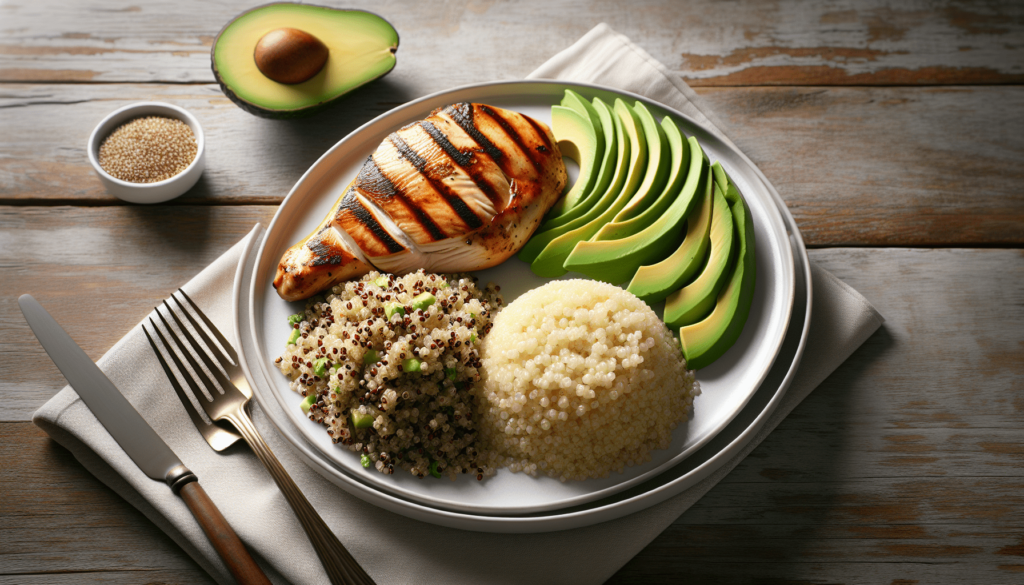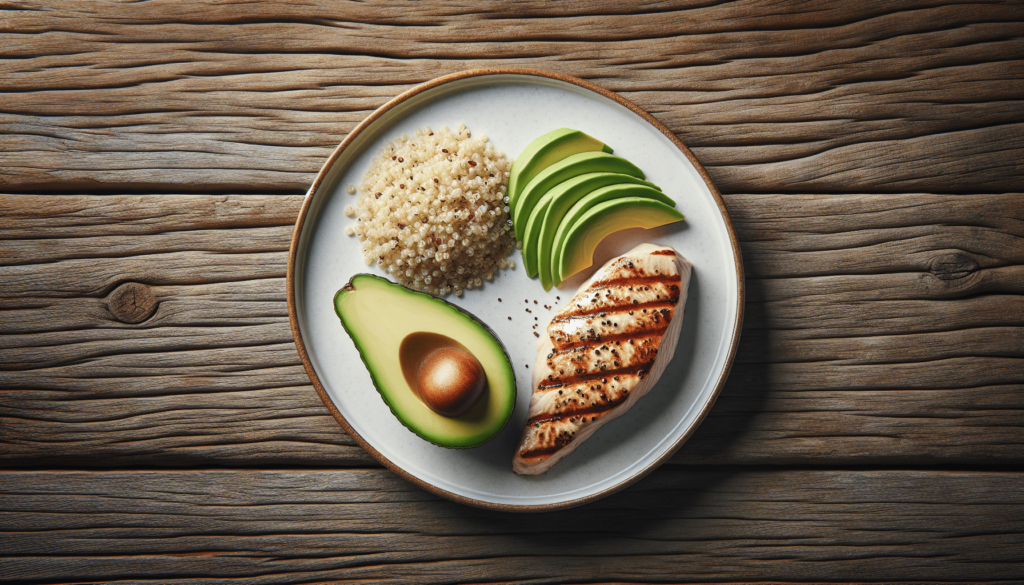Do you ever find yourself staring at the back of a cereal box, trying to decipher the hieroglyphics of nutrition labels only to feel like you’re deciphering an ancient script meant solely for dietitians? You’re not alone, pal! Fact is, macronutrients can sound like something you’d need a thesaurus to understand, but they’re actually the bread and butter (quite literally if you’re keeping score at home) of nutrition.

Macronutrients: Not Just a Big Word
Macronutrients are like the Three Musketeers of nutrition. They consist of carbohydrates, proteins, and fats, and each has its own charming way of keeping your body ticking. They’re the energy sources that transform you from a hungry caterpillar into a fully-functioning machine ready to tackle the day.
Imagine the macronutrients as the main characters in your life drama, with calories playing the supporting role—which sometimes tries to upstage everyone else, let’s be honest.
Carbohydrates: The Life of the Party
Let’s start with carbohydrates, often misunderstood, yet so crucial. Contrary to popular belief, carbs are not plotters trying to ruin your summer body plans. They’re your body’s primary energy source, akin to the gas in your car. Without them, you’d be more sluggish than my Uncle Harry after Thanksgiving dinner.
Carbs get broken down into glucose, which gives you immediate energy. When was the last time you did a cartwheel? Remember that surge you felt? That was likely thanks to carbs! From bread to fruits and veggies, they cover quite a range.
Simple vs. Complex Carbs
Now, carbs come in two flashy varieties: simple and complex. Picture simple carbs as your fast-food friends—they’re fun and give you a quick happiness boost, but they leave you wanting more. Think sugar, candy, and soda. Complex carbs are like a fine wine; rewarding and worth the wait. They include whole grains, legumes, and vegetables, providing longer-lasting energy.
Here’s a table to show who’s who in the carb world:
| Type of Carbohydrate | Examples | Duration of Energy |
|---|---|---|
| Simple Carbs | Candy, Soda, Pastries | Short-lived |
| Complex Carbs | Brown rice, Quinoa, Lentils | Sustained |
Proteins: The Bodybuilders
Next, strutting on stage with impressive biceps and a six-pack, are proteins. They’re like the Bob the Builder of your body; they help repair tissues and build muscles. Don’t worry, you don’t need to start grunting at the gym—protein is just as happy helping you lift a doughnut as it is a dumbbell.
Proteins are made of amino acids, those tiny soldiers ready to defend your body and spruce up your hair, skin, and nails. If proteins had a motto, it’d be “We’re great at multitasking!”
Complete vs. Incomplete Proteins
Protein sources can be complete or incomplete. Complete proteins wave their pom-poms in the air, acting as the cheerleaders with all nine essential amino acids. Think meat, poultry, fish, eggs, and dairy. Incomplete proteins are a little less enthusiastic in their amino support, mainly coming from plant-based sources like nuts and grains.
Mixing different incomplete proteins can make beautiful amino acid music. Combine that peanut butter (protein) with bread (carbs), and boom—you’re basically a food symphony!
Fats: The Misunderstood Artists
Finally, we have fats, the misunderstood bohemians of the macronutrient world. Despite what every 90s diet ad told you, fats aren’t public enemy number one. They’re necessary for hormone production, vitamin absorption, and cellular health. Who knew?!
Now don’t get too excited and polish off a cake on account of celebrating fat. It’s all about balance, darling, which I’m sure my waistband would appreciate.
Good Fats vs. Bad Fats
We’ve got the good fats (monounsaturated and polyunsaturated) that are like the artists you want to invite to dinner. They’re found in avocados, nuts, seeds, and fish, and they actually support heart health.
Then, you have the bad fats. Saturated and trans fats are akin to the moody, brooding types at a party that nobody quite clicks with, found in fried foods and certain packaged snacks. A little is okay, but too much, and they’ll clash with your artery decor!
Here’s a table comparing the types of fats:
| Type of Fat | Sources | Health Impact |
|---|---|---|
| Monounsaturated/Fats | Avocado, Olive oil, Almonds | Positive |
| Saturated Fats | Butter, Red meat, Cheese | Neutral/Balanced |
| Trans Fats | Doughnuts, Fried foods | Negative |
Balancing Act: It’s a Macronutrient Circus
So, you’re getting the hang of these macronutrients—fabulous! But how do you balance them like a tightrope walker in a food-filled circus tent? The trick is to eat a combination of all three, which ensures your body runs smoother than a freshly oiled machine.
Personalizing Your Macronutrient Intake
While some folks swear by ratios like 40% carbs, 30% protein, and 30% fat, others might zig when they zag, opting for different percentages based on physical activity, age, and goals. In nutrition, there’s rarely a one-size-fits-all answer, and that’s just like my attempts at wearing skinny jeans.
Factors to Consider
-
Lifestyle & Exercise: More activity often means more carbs for energy. Marathoners, for instance, carbo-load like there’s no tomorrow.
-
Age & Health status: Young athletes vs. sedentary seniors—different needs, folks!
-
Goals: Whether you’re after bulging muscles or a leaner frame, macronutrient tweaking could be your answer.
Common Macronutrient FAQs
You’re brimming with questions—right? Just like when you tried to assemble IKEA furniture without instructions. Here are some popular ones:
Are carbs the devil?
Stop them from getting their horns, because they’re not! They’re energy heroes when consumed responsibly, leaving room for desserts (moderation, people!).
Can you overeat protein?
You bet, and your kidneys will not thank you for it. Keep it balanced.
Is zero fat trendy or terrifying?
Most definitely terrifying. You need fats, they need you—don’t break up with fats without consultation.
Wrapping It Up: Macronutrients Aren’t Macabre
So, there you have it, decoded just for you! Carbs for energy, proteins for repairs, and fats for nourishment—a veritable trio of goodness. Think of them as the essential ingredients for your body’s greatest recipe. Consider your macronutrients personalized just like that Starbucks drink—with your name spelled somewhat correctly on the side.
By understanding the role each macronutrient plays, your choices can be both informed and slightly whimsical. Now go forth, grab a sweet potato, indulge in a cheese wedge, and remember that macronutrients aren’t that monstrous, after all. And hey, your body will appreciate the effort, even if it’s just for the occasional skipping session with your jump rope. Cheers to eating well with a side of humor!

